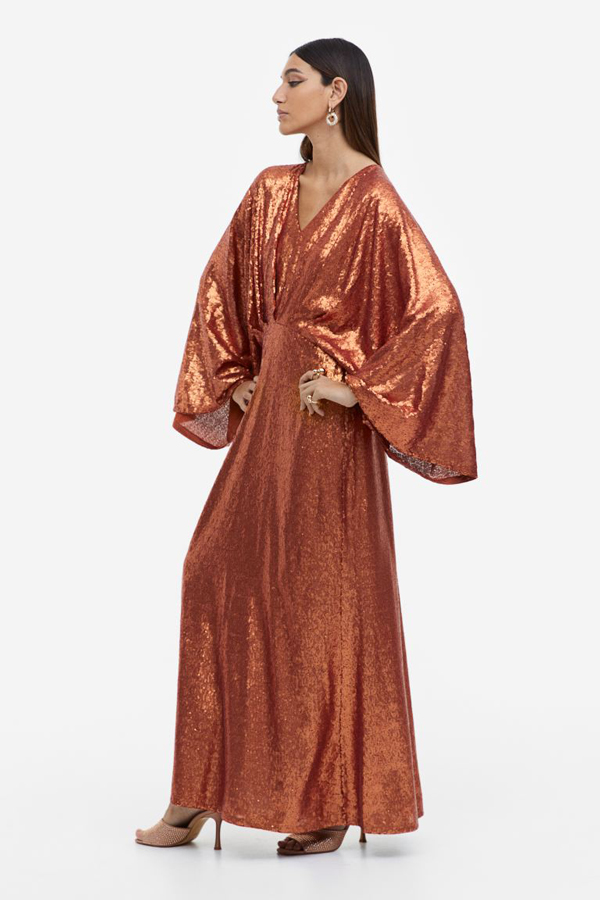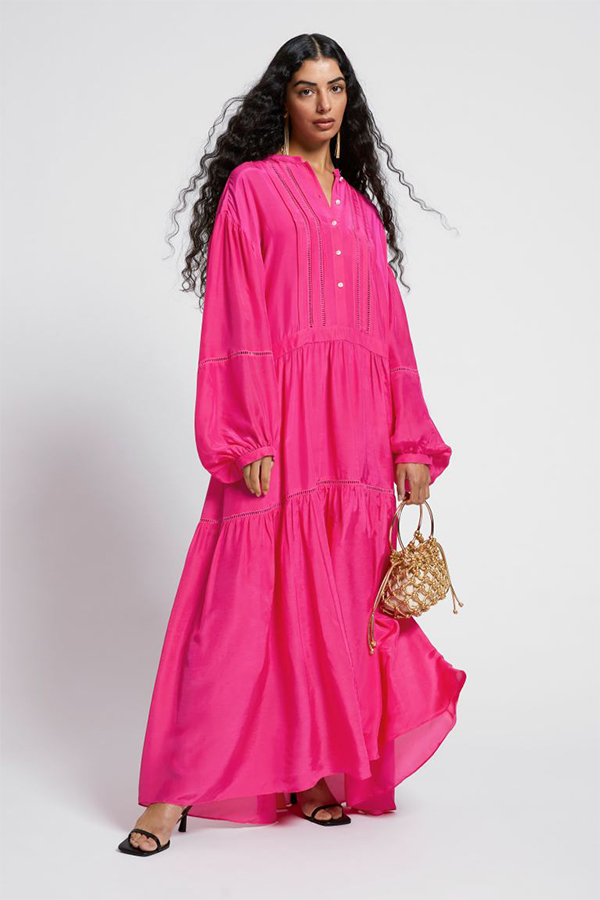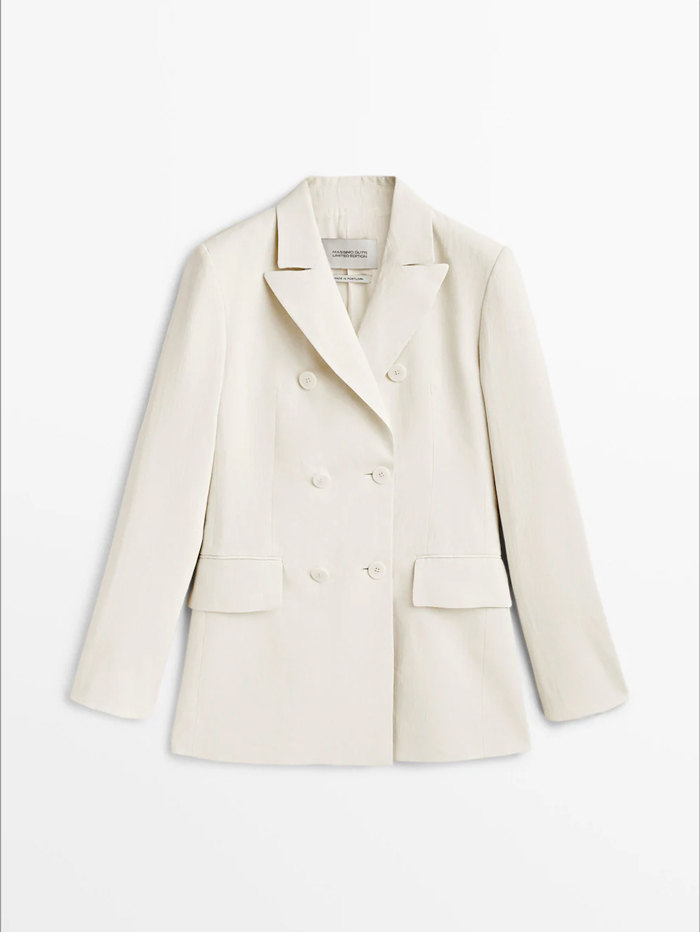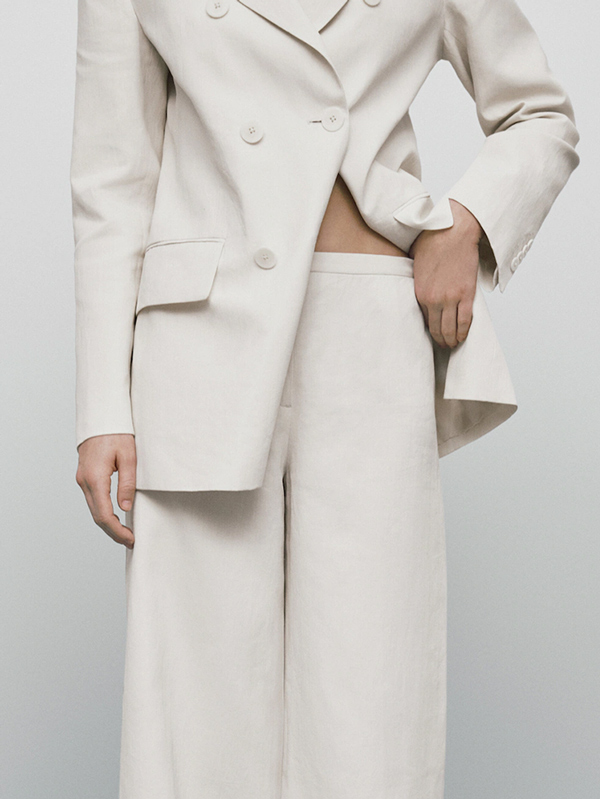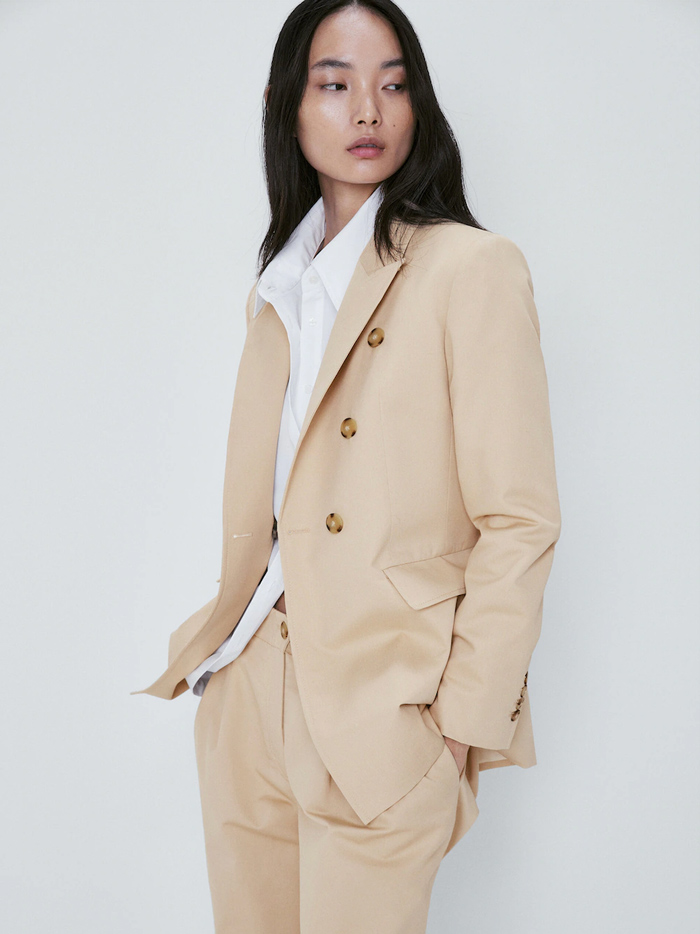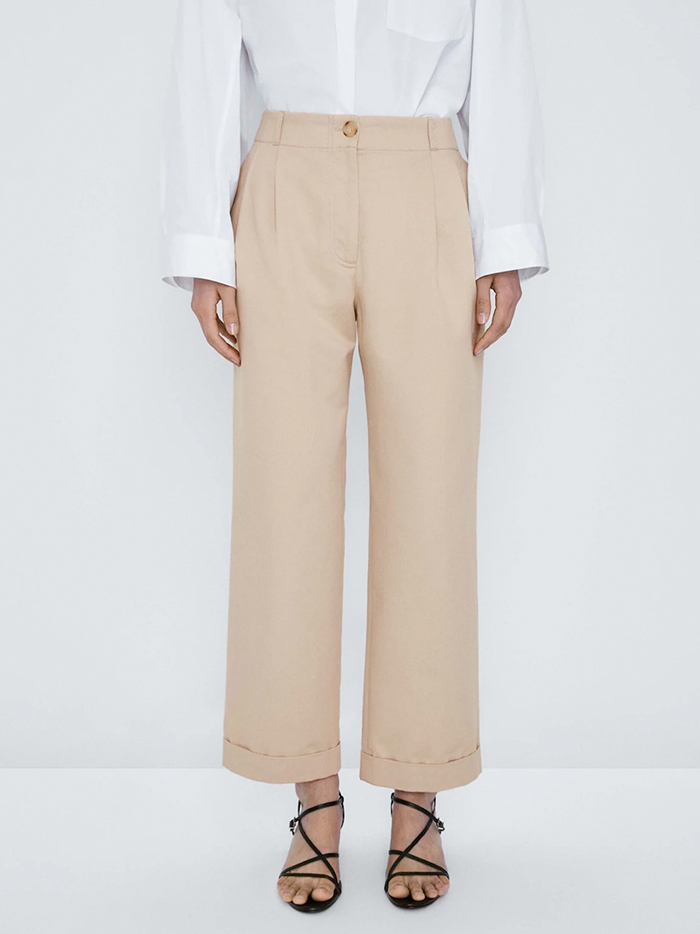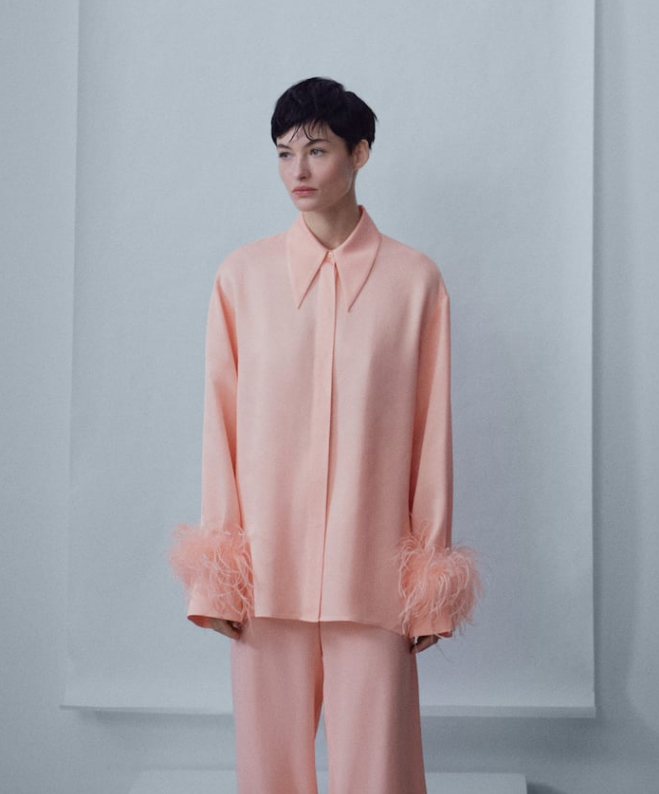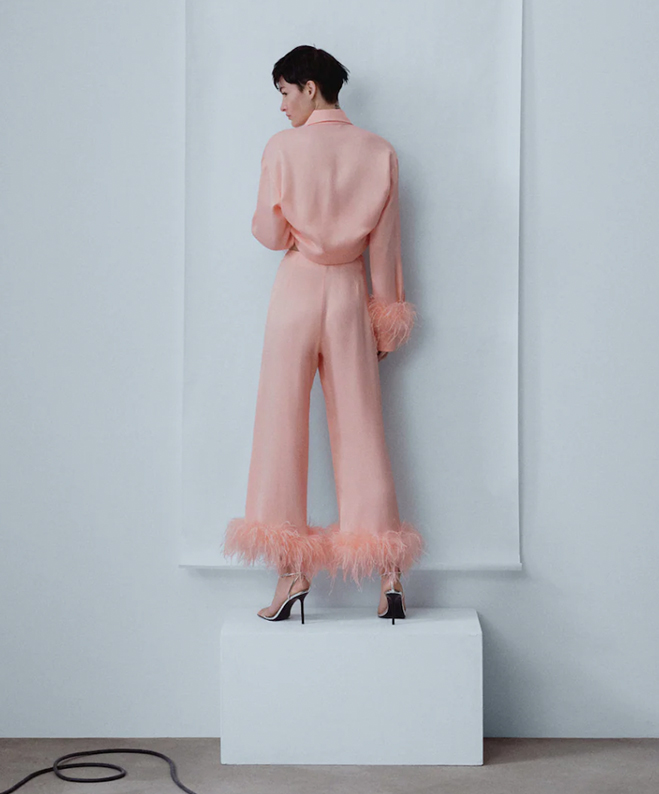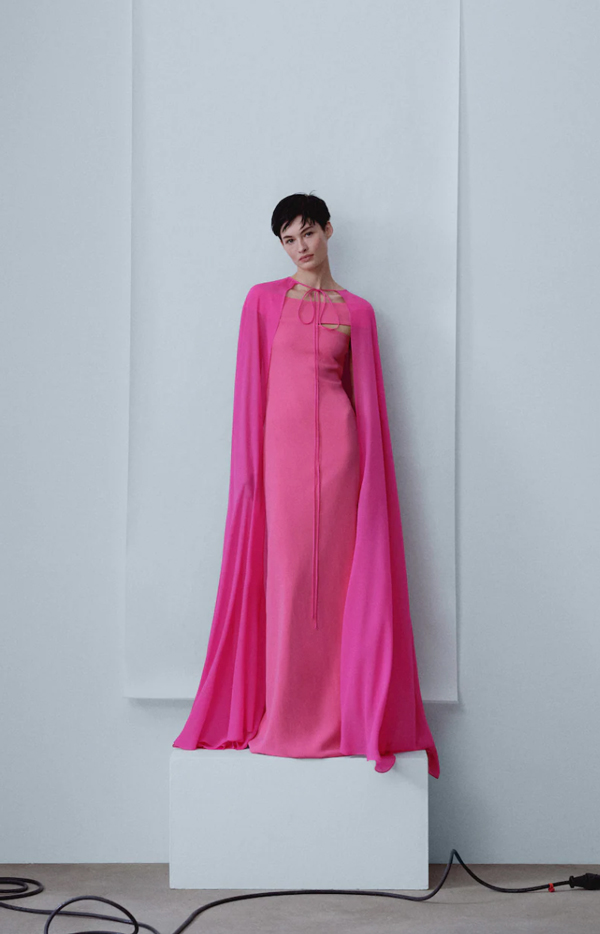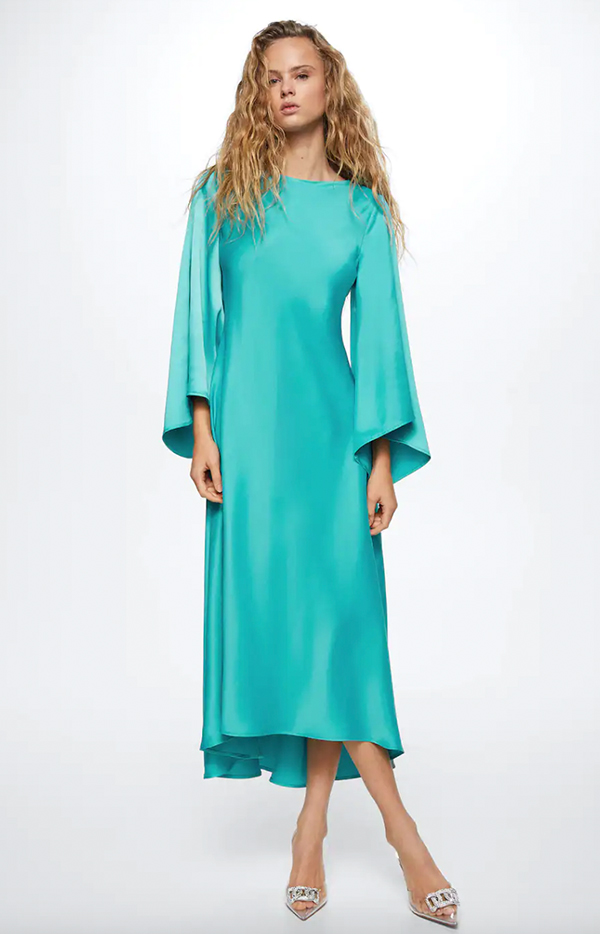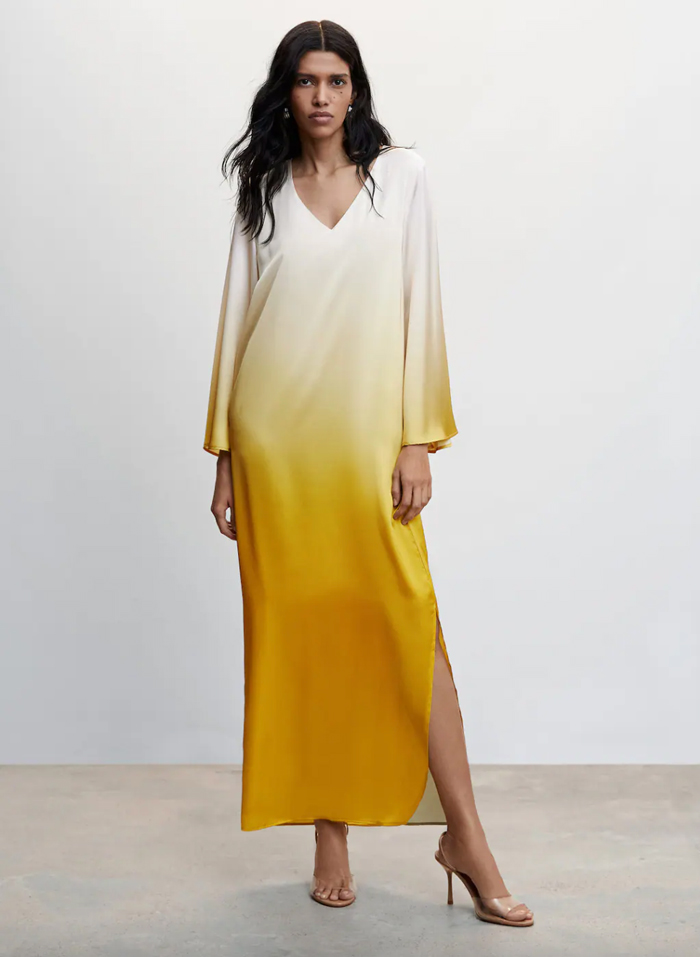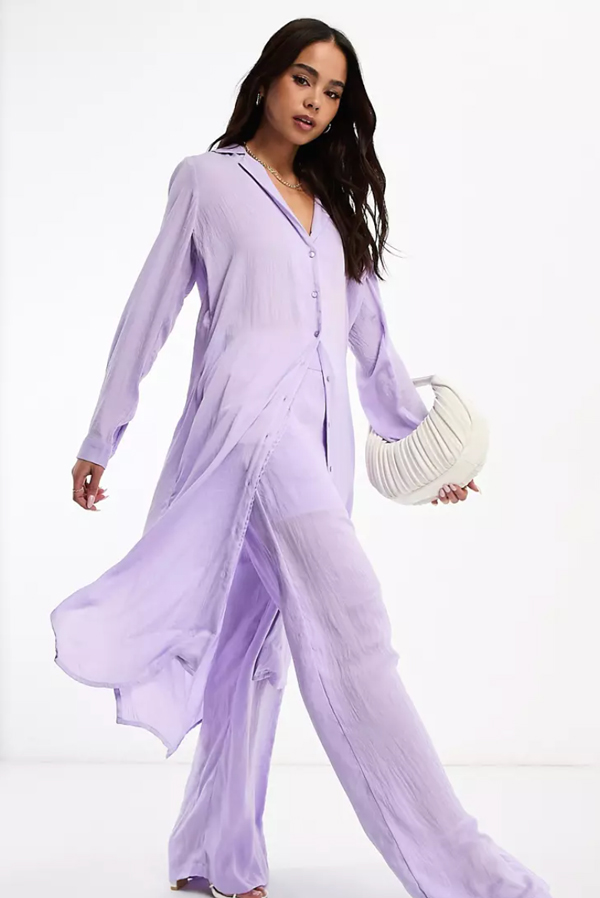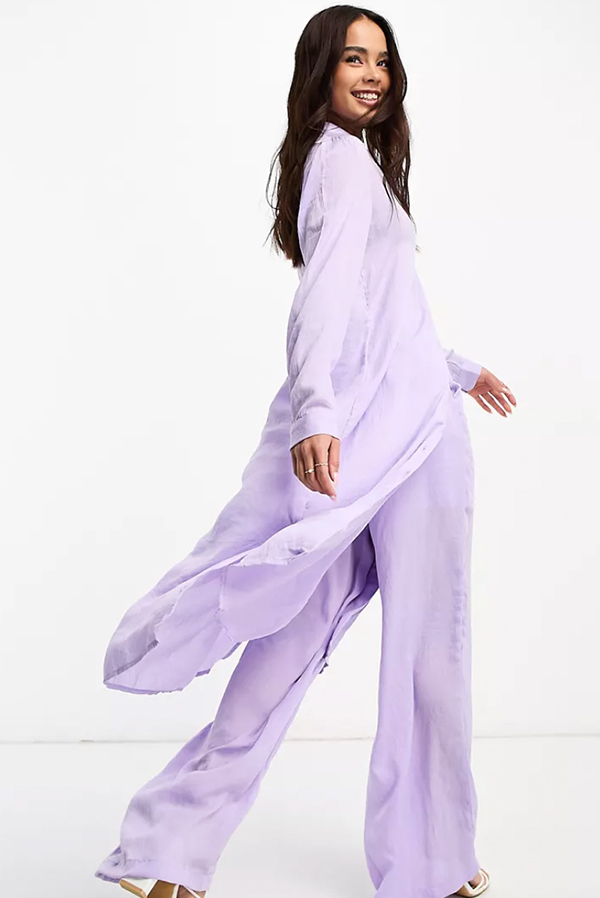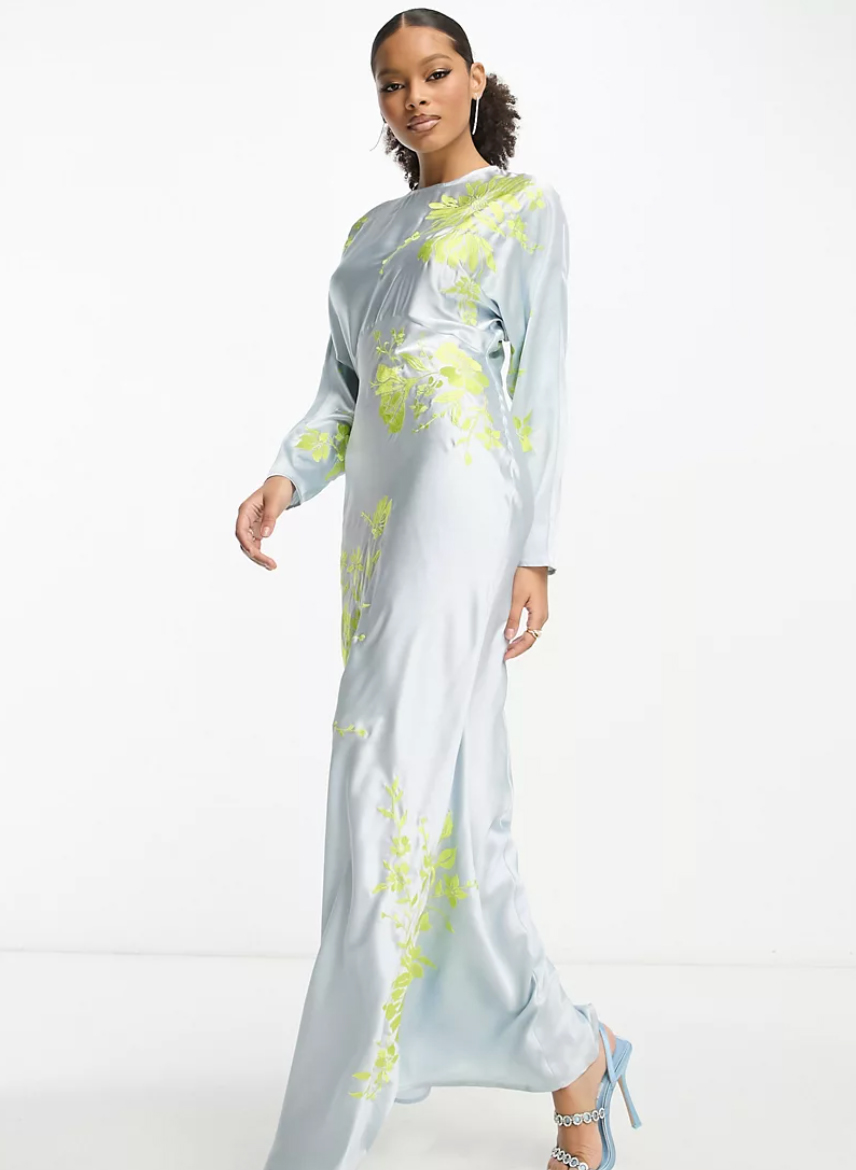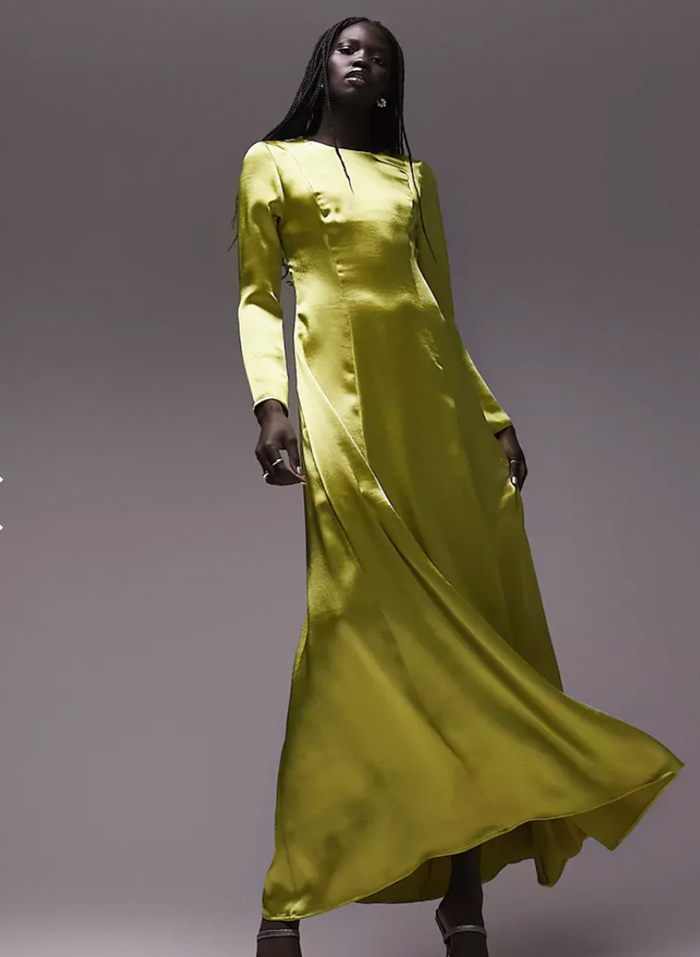15 modest fashion essentials you’ll want to wear even once Ramadan is over
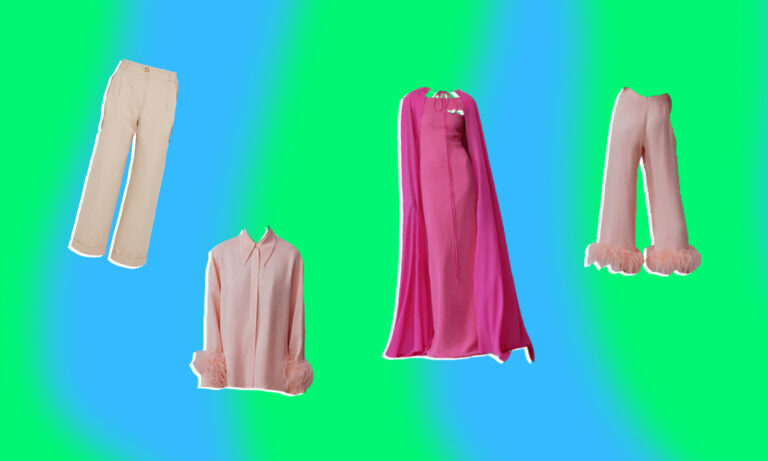
Modest fashion refers to the act of dressing for various degrees of coverage. Despite popular belief, it isn’t always connected to ethno-religious fulfilment. Once considered a somewhat niche section of the industry, brands are now taking more of an interest in it than ever before, with searches for ‘modest fashion’ and other related terms growing exponentially year on year.
Though there are no links between a particular religious group and modesty, it would be doing a disservice to the Muslim community to not mention its contribution to modest fashion consumption, especially luxury. The 2022 State of the Global Islamic Economy report confirmed that expenditure on modest fashion had increased to £240 billion that year and is expected to grow to £253 billion in 2023.
Both high-end and high-street brands are taking their piece of the modest fashion pie with their respective modest collections. These are strategically marketed around the month of Ramadan and subsequent Eid festival, with a portion of those participating also choosing to dress in varying levels of modesty throughout the month and often purchasing new clothes to wear during gatherings and events.
From high-street to luxury, how are brands approaching modest fashion?
H&M and Mango annually release modest collections around this time, though they are only named ‘Ramadan’ collections in Middle East and North Africa (MENA) countries. You’d be familiar with these being released as spring collections that feature bright colours and rich fabrics, accompanied by campaigns heavily featuring POC models.
A quick search of ‘Ramadan’ on the respective sites, though, will reveal a curated array of gowns and Eastern-inspired wear. On the flip side, Loro Piana, aka the peak of luxury fashion, also released a new capsule collection with Harrods this spring 2023, with literal abayas, a traditional clothing item worn by the Muslim community. The Italian brand’s collection has a strong sense of familiarity with traditional Eastern silhouettes and embroidery, but again was not initially released as a Ramadan collection. Loro Piana later decided to name it a ‘Ramadan’ capsule collection.
It’s surprising that brands, particularly luxury brands, would initially shy away from dedicating these collections to those who observe Ramadan, considering the popularity of these brands in MENA countries. We can either assume the best, which is that they don’t want their customers to feel limited by the modest label. One can presume that some potential customers might feel less inclined to buy clothes from a line they believe is only for modest dressers, as opposed to a way of adding more options in core collections which cater to them.
On the other hand, naming a collection as modest opens up brands to a greater degree of accountability, in turn stopping them from pigeonholing or colourwashing its image. Colourwashing is an umbrella term which refers to brands marketing themselves a certain way in order to capitalise on people’s personal ethics and values.
Akin to greenwashing, this strategy is used heavily by clothing brands who seek to make profit by making out as though they’re big supporters of different marginalised communities.
We could go as far as to say that fashion brands are almost “modest-washing” by displaying items and collections as modest. Still, they are not actually educating themselves on what modest wear is, and what people are looking for when it comes to modest clothing.
Upon speaking to young people who identify as ‘modest dressers’, the overarching theme is that brands simply aren’t providing them with a variety of suitable options. These companies have a duty of care to their customers and, in the case of modest fashion, must ensure their due diligence—either by including more modest dressers in their design and buying teams, or through curated edits coming directly from modest influencers.
Though brands aren’t leading the way so to speak, social media certainty is. Modest fashion has found its people on TikTok, with #modestfashion currently sitting at 3.3 billion views. This is owed to the influx of young profiles who have individualistic style preferences and have found ways to mix and match traditional and modern pieces to suit their personal aesthetic without being forced into the abaya/kaftan box. It all comes down to influencers and upcoming content creators changing the narrative on what it means to be modest and calling attention to the fact that it doesn’t mean giving up one’s personal style.
Gen Z influencers like Zozo’s Fits, who at first glance doesn’t look like what we’ve been brainwashed to think a modest dresser looks like, represent everything that modest fashion is today. With the support of content creators like these, brands can tap into the modest wear market without the need to launch a ‘modest’ or ‘Ramadan’ collection. They can accurately cater to what their target audience is looking for.
While we impatiently await that urgent change, we’ve curated our own top modest fashion-friendly pieces for any readers looking to dabble in the world of modesty:





